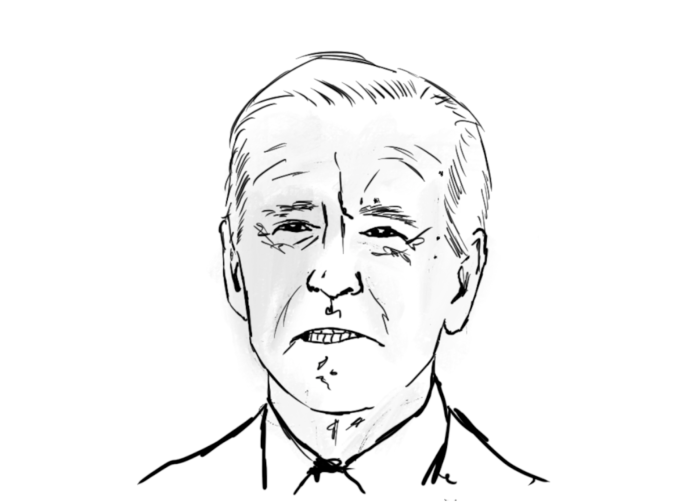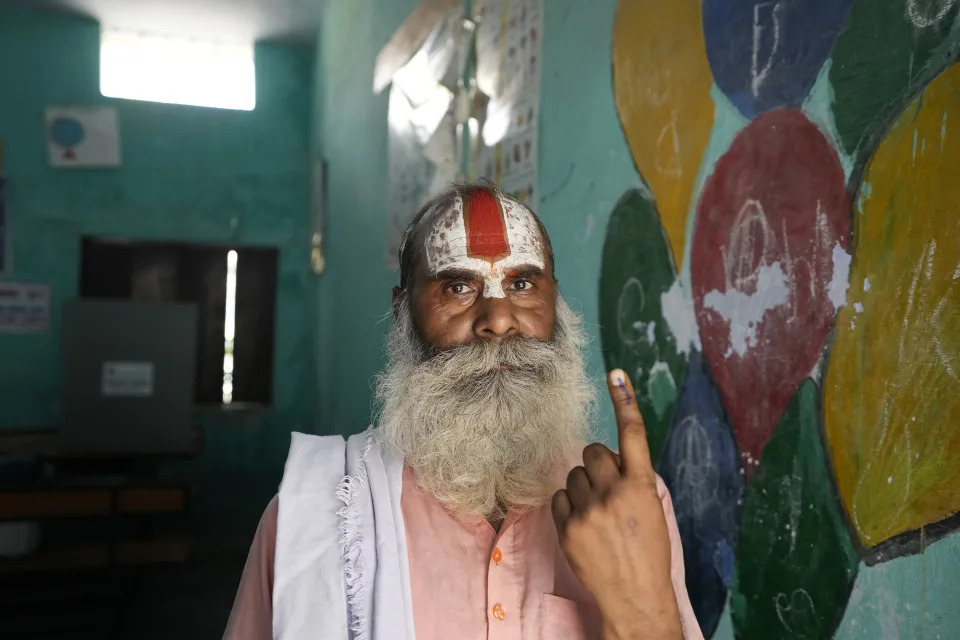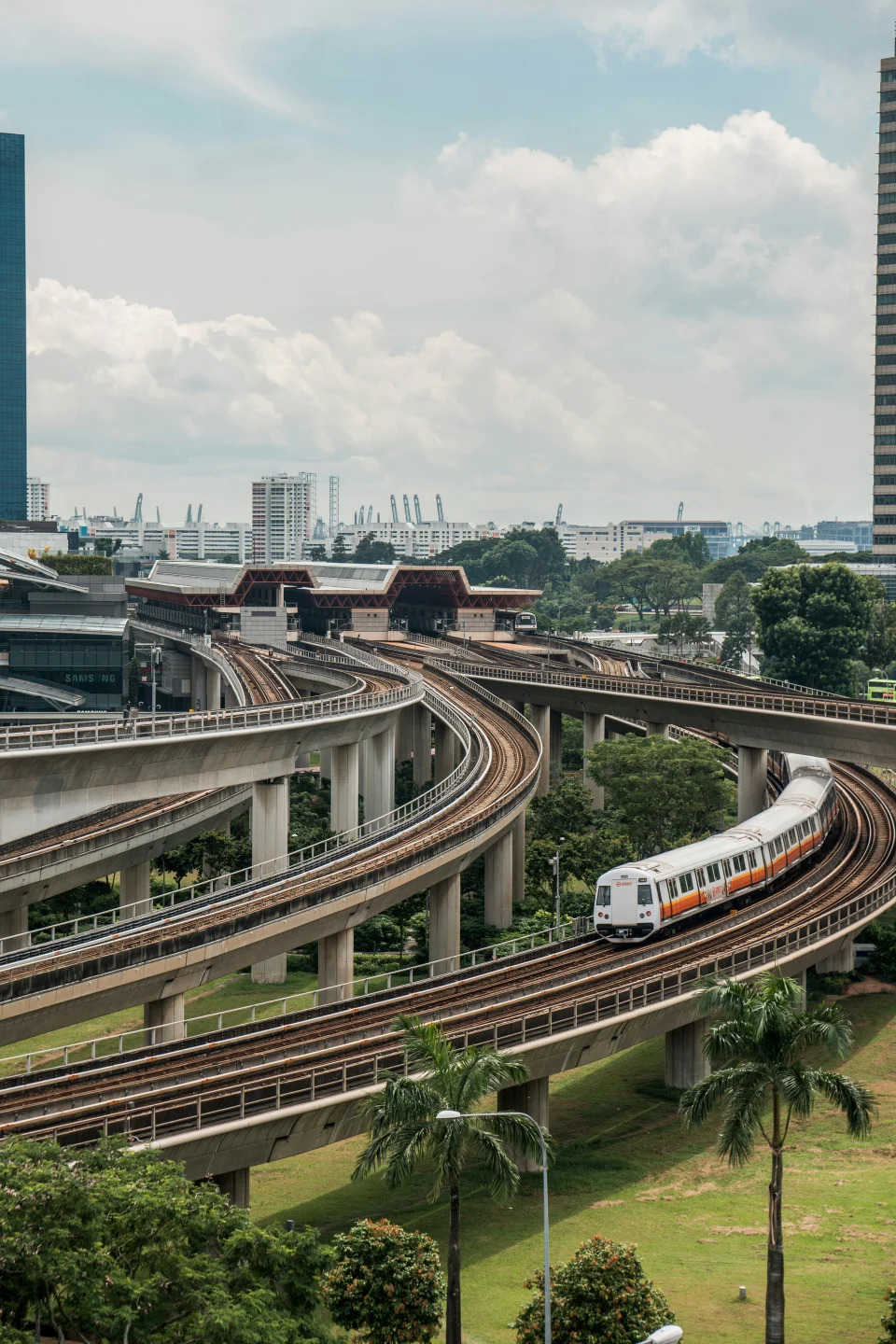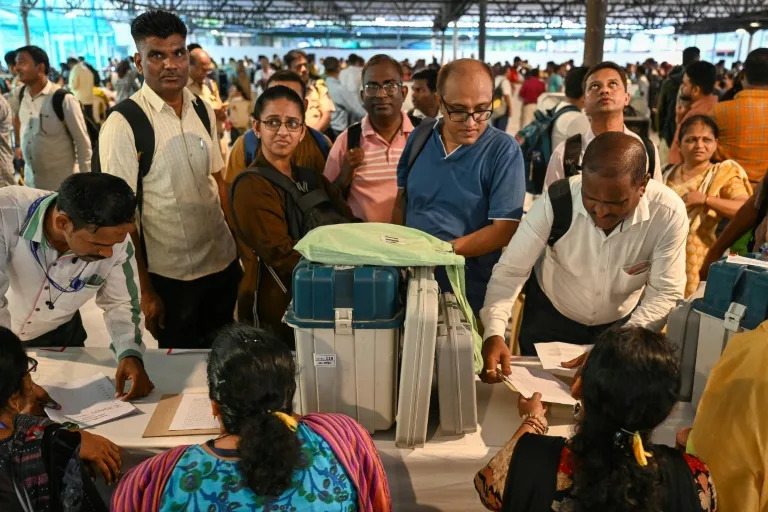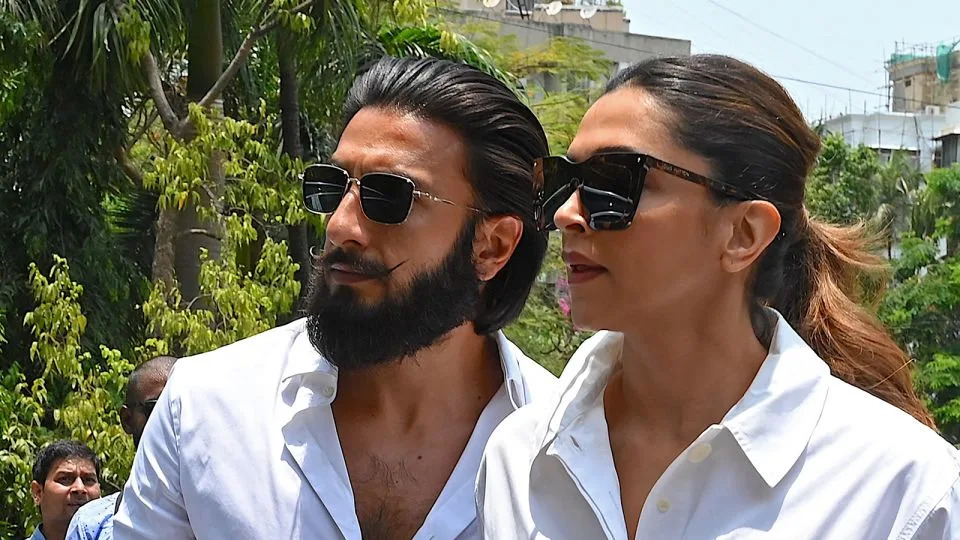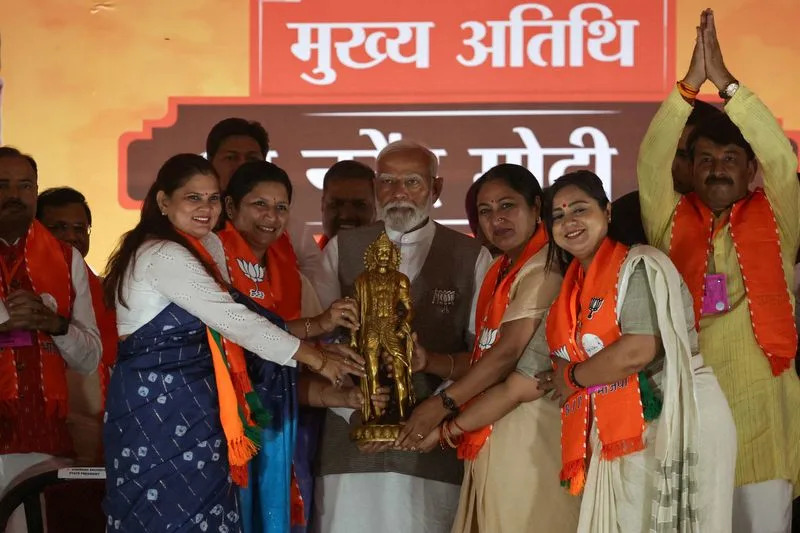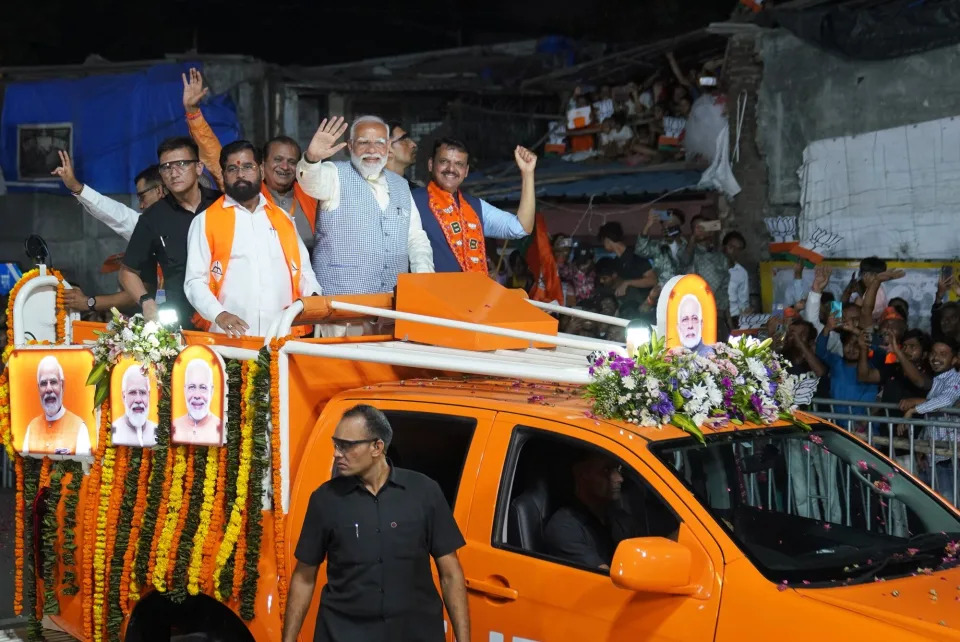
Orientation
Purpose of this article
Almost 2 years ago I wrote an article called Aryan Right-Wing Mythology for the New Age based on the work of Robert Ellwood (The Politics of Myth). In it Ellwood showed the conservative nature of popular mythologists Carl Jung, Mircea Eliade and Joseph Campbell. My purpose was to show how the naïve New Age movement took these mythologists to be liberal in spite of their conservative and even proto-fascist leanings. All three mythologists were writing from the early to the middle part of the 20th century. In this article I want to trace the history of right-wing mythology back 200 years. For this task I will be relying on two great books. One is Aryan Idols: Indo-European Mythology as Ideology and Science by Stefan Arvidsson; the other is Theorizing Myth by Bruce Lincoln.
In search for the Indo-Europeans
Why explore a lost culture with little evidence to go on? From the early 19th century to the end of World War II historians, linguists, folklorists and archeologists have tried to re-create a lost culture, a people older than the Sumerians. Those scholars who have maintained that this culture existed and have called them “Indo-Europeans;” “Proto-Indo Europeans”, “Aryans” or “Japhetites”. It was in 1813 that Thomas Young coined the term “Indo-European”.
In Part I of this article I explore those theories that searched for the Indo-Europeans by dissecting language-based on the theories of Sir William Jones and Max Muller. Both these theorists suspected that India was the home of the Indo Europeans. Further on, in the hands of the Grimm Brothers, the search for the Indo-Europeans takes a nationalist turn. Finally, neo-traditional religion supports the vitality of chthonic earth gods. Lastly, I discuss the impact of racial anthropology in which the search for Indo-Europeans is now based on the climate of the area, the skin color and brain size of people in these cultures.
Part II continues this rightward turn in Indo European studies with explicitly fascist direction. Following Arvidsson, I contrast the difference between the “order” theorists and the more “barbarophilism” as they affect the rise of Hitler. India falls out of favor as the home of the Indo-Europeans and is replaced by Germany.
But later, following Bruce Lincoln we find a French fascism smuggled into the work of the great French comparative mythologist, Georges Dumezil. I close with a brief presentation of the fascist work of Roger Pearson in his efforts to carry Indo-European studies right into second half of the 19th century. By way of conclusion, I present comparative mythologist Bruce Lincoln’s ten methodological steps to be sure that the political use of mythology does not interfere with the science of comparative mythology.
Who were the Indo-European scholars and what were their methodological problems?
Interestingly, supporters for the discovery of IE culture were a multidisciplinary lot. They consisted of historians of religions like Mircea Eliade, Jan de Vries, Jacob Grimm, Frederic Max Muller; historians such as Georges Duby and Jacques Le Goff; anthropologists such as Claude Levi Strauss and Marshall Sahlins; archeologists like Gordon Childe; sociologists like Georges Dumezil. Others included Franz Bopp, Ernest Renan and Emile Benveniste.
The problem for these scholars was that Indo-Europeans have not left behind any texts and no objects that can definably be tied to them. Given these problems, why did these scholars not give up and turn their attention to other excavations? Why did they persist under these difficult conditions? The answer Stefan Arvidsson gives is that most of these scholars did so for religious and political/ideological reasons.
I The Ideological Origins of the Search for Indo-Europeans
Anthropology typically examines the similarities and differences between cultures. Yet anthropologists are affected by the political climate of their countries. In European colonial times of the late 18th century, there was little to gain by elites for pursuing the Enlightenment dream of finding a universality of all cultures. Instead, religious and political zealots look for differences to justify the subjugation of these countries. The ancient history of the supposed Indo-Europeans became the proof that one branch of humanity was destined to exploit and rule the others. Mythology became an ideology to justify conquest. As Arvidsson pointed out, romantics like Chateaubriand, and Joseph de Maistre stressed importance of Laws of Manu found in India as a justification for a tripart conservative ideology as we will see later.
Indo-European “Aryan” studies were appropriated at an early stage by racial science. British archeologist Colin Renfrew has concluded from his own research that the research in IE is itself a modern myth. They included those who want to rekindle the old pre-Christian IE or Aryan paganism. Even as late as 1940-44 the most important dividing line among Europe’s inhabitants were between Aryans and Semites. After the fall of Germany in World War II “Aryan” was replaced by “Indo European” because post-war scholarship was dominated by Dumezil who never spoke about “Aryan religion”. Today the term is only used by Neo-Nazis.
Why was it so important for Germany to search for a culture of its origins? Unlike Britain, France or Spain there was no Germany until the end of the 18th century. The usual process of nation-building involved a reference to an ancient geographical homeland as well as an ancient religion. In this climate of imperial ambitions, Germany had neither, so it set out to discover one.
II Discovery of Sanskrit
Sir William Jones
The Romantic use of language interpreted by various peoples who spoke IE languages made them have an organic unity and had a common fate. They claimed that all people who spoke IE had also inherited a common belief system. IE scholars like Bryant and Jones attempted to find similarities in the myths and god figures and found traces of these beliefs in at least four places: Roman texts, Greek myths, Indian hymns and Norse saga literature.
Bruce Lincoln, in his great book Theorizing Myth says Sir William Jones (1746-1794), established himself as one of the world’s foremost linguists with a grasp of Greek, Latin, Hebrew, Turkish along with a knowledge of Persian and Arabic. He was a scholar, poet and translator sympathetic to the most liberal causes of his day. By a series of occupational happenstances, this led him to study Sanskrit.
In 1785 he gave a lecture in which he proposed the common origin of the languages (Sanskrit) to which others would later derive and give the name “Aryan”. Jones discovered the similarities between Latin and Greek European languages and the Sanskrit and Persian languages which were termed “linguistic families”. The Bhagavad Gita was translated by Jones along with The Laws of Manu. India was assumed to be the oldest member of that group.
Jones focused on four specific domains of culture a) language and letters b) philosophy and religion c) architecture and sculpture d) science and arts. In his discussion of an evaluation basing his judgments on what he took to be levels of accomplishment, he considered India first among the nations and evaluated it most favorably. He connected the peoples of India and Iran on the basis of their linguistic, religious and artistic similarities.
Romanticism and India
Interest in Sanskrit exploded. Herder (1744-1803) was the first to spread the doctrine of Indomania in German. He thought it was one of the most important steps in the development of the human race. Raymond Schwab referred to the period around 1800 as an “Oriental Renaissance”. Schlegel’s book in 1808 made the case for India as the Aryan homeland. In the translation of the Laws of Manu, the word “Aryan” means noble. The plot thickens.
For romantics the idealization of India served both as a protest against and an escape from the contemporary world that seemed like a confident march of progress. Threatened by rationalism, mechanistic science, materialistic anthropology, anti-aristocratic politics and watered down theology Romantics made India a mystical unity that did away with interdisciplinary European conflicts. While the Enlightenment advocated a contractual right of man, German Romantics argued that human races are an organic part of the natural world with India as its model. Poets such as Shelley, Lord Byron and Schopenhauer attempted to synthesize India with European thinking.
Paris was the Mecca of Orientalism during the 1830s-1840s and it was hoped that studying Sanskrit would liberate scholars from their preoccupation with Greece and Rome. For some time, ancient India became the imagined home of Indo-Europeans. The attractive power of this world grew in 1819 through the writings of Frederic Schlegel, who attempted to build a comparative linguistics (1767-1845) along with von Humboldt and Jacob Grimm (1785-1863). Like many to come, Herder believed that Asia was the original home of human unity.
The discovery of IE language transformed India, Persia and Central Asia as a kind of European Orient. Thomas Trautmann writes that Jones’ work is nothing less than a project to make the new Orientalism safe for Anglicans. Interest in India was popularized by the historian of religion, Max Muller. What we are interested in is the relationship of that discovery to political interests of colonial British rule in the late 18th and 19th centuries.
Language mediates how nature grows in culture
For Romantics, language was the most basic expression of the soul of a people and is the foundation for musical and artistic traditions as well as social laws. The study of the origin of language (philology) was the cornerstone in the 19th century of research in the search for Indo-Europeans. Language became the vehicle through which nature grows through people.
For Hamann and Herder, the ancient vernacular of languages and literature — poetry and myth – was a prime basis of national identity. Each language embodied the history of the people who spoke it. Each language had a basis in poetry and music far deeper than the degraded prose of modernity. For Herder, the formation of culture consisted of 4 parts:
- A variety of climates — heat and cold have an impact on the disposition of customs and bodies. Climate first produces change at the body’s most superficial level. Over long periods of time the effects penetrate deeper to transform skeletal structure and even the shape of the skull and nose
- The landscape – the features of individuals in a culture are brought into line with the features of the landscape.
- Language impacts thought and social relations.Language impacts thought and social relations.
- The arts through music and dance.
III Max Muller and the Birth of Comparative Religion
Comparative religion as rooted in linguistics
As a philologist, Max Muller believed that religion is tightly linked to linguistic groups. Muller thought the only scientific way of classifying religion was by language. He raised the question that if the belief in God arises naturally, why are there such different religious types? In order to explain the origins of myths he founded the discipline of comparative mythology.
Primitive religion was monotheist and rooted in sun-worship
Which natural phenomenon had been the most prominent in catalyzing the mythopoetic imagination? Was it thunder and lightning, earthquakes, volcanos or the sun and dawn? Muller suspected that primitive religion was monothetic and this divine creator had originated from humanity’s encounter with forces of nature. However, it was not the wildest and most unpredictable events but it was the ones which were the most persistent and reliable. He thought the light of the sun fit the bill. Muller hoped to find traces of the original experience of the infinite among the oldest and most primitive peoples. He believed that the origin of monotheism was India. In the hopes of finding the monotheistic roots of India, he translated the Rigveda.
Use and abuse of myth: history of myth
According to Bruce Lincoln, the word “myth” has been used in many ways depending on the historical period. Myth had been used originally in early Greek times to mean a primordial truth or a sacred story. It gradually became discredited with the rise of the Pre-Socrates and dismissed by the Romans as a “fable”. Christianity saw myth as a lie and set them in dualistic opposition to the non-mythic bible. With the rise of science myth was seen as either a sign of ignorance, the result of poetic revelry or a children’s story. Resurrected by the romantics in the 19th century, it became politicized and used to assist in the building of nation-states. In the 20th century it helped to build support for the wave of fascism in the 20th century.
Muller sees myth as degenerative
Muller was a modernist Protestant. He was not a romantic when it came to myths. He found myth irrational and immoral. Muller agreed the IE mythology was a poetic explanation of nature. But if Vedic India was equal to the West, what kept India economically and politically backward? Unlike Nietzsche and other romantics, Muller saw myth not as a foundation of all religion but as a source of religious degeneration. Like Hamann and Herder, he took poetry to be present from human origins and to reflect an innate religious awareness. Myth was a later development, a disease of language. The Jews, Muslims and Christians as staunch monotheists, were less disposed to the seductions of myth.
Muller and British colonialism
Muller hoped to influence a change in British colonial politics. He wanted to make the British colonists understand that their Indian subjects were Aryan brothers. During a long degeneration, Indian religion withered while Europeans grew and matured into monotheism. Muller hoped that the people of India would leave behind worship of idols if they received knowledge about the old Aryan Vedic religion.
IV Romantics Champion Myth and Folklore to Build Nationalism
At the end of the 18th century romanticism turned its back on the Enlightenment, especially its more deterministic tendencies. Myth was given a new lease on life. People such as Jones saw myth symbolically as veiled wisdom which simply needed to be first interpreted and then explained. Interest in the vernaculars (local language) displaced the international languages of church and court while myths and, to a lesser extent, folk songs were constitutive as an authentic primordial voice of the volk.
The use of myth at the end of the 18th century was also used by nationalists in their search for a language and set of stories on which the emergence of the nation-state could be founded. In the hands of the Brothers Grimm and others this is exactly what happened. The Grimm’s monumental research shows a Herderian interest in language and myth. They devoted themselves to the first encyclopedic compendium of German myths of 4 volumes. The Grimms argued that it was the conversion to Christianity that shattered the nexus of land-myth and folk. Myth then became entangled with attempts to contrast Aryans and Semites, as we shall see.
Grimm stirs the use of folklore to build nationalism
For the brothers Grimm, prehistory was not a period of dark barbarism but a high cultural golden age. The recovery of ancient texts during the Renaissance included Tacitus’ Germania, first published in 1457. It dealt with the German sense of honor and integrity, their physical prowess, their courage and sense of beauty. They were received with enthusiasm by the people of Northern Europe, in part because Tacitus broke the Mediterranean monopoly on antiquity by giving the Germans, Scandinavians, Dutch and Anglo Saxons their first sense of the prestige derived from a deep and noble past.
Grimm (1785 – 1863) gathered folktales from German peasants in order to recreate a strong German culture. He wanted to find rich German stories that could successfully compete with classical Judeo-Christian traditions He hoped that within the surface of folktales searchers he could find traces of a German mythopoetic prehistory. Theorists of Northern origins challenged the Bible, for orthodox religion looked to Israel as the cradle of language. Grimm’s work spread and scholars began to record tales and customs of their society. Nationalist motives were always in the search for myths whether they were folktales or rituals.
V From Modernist to Neo-Traditional Religion: Fall of Nature Mythology of Max Muller
Modernist theories of religion see the modernization process, including science, as part of the evolution of religion. The focus of religious experience is the individual. Modernist theories of religion look for a common core in all religion and its practices involve ethics and prayer. Modernists understand animism and polytheism as late degenerate forms of primitive monotheist tendency. To study non-modern cultures it focuses the language, and it studies myth. Max Muller was a modernist.
Capitalist class rejects modernist religious interpretations
Bruce Lincoln points out that when the bourgeois class at the end of the 19th century became the ruling class, it grew all the more skeptical about modernization. One of the reasons was that more radical modernists, social democrats, communists, anarchists and union members became interested in these subjects. Events that shook bourgeois idealism and liberal humanism were the real threat of socialism as seen in the Paris Commune. Between 1880-1920, the bourgeois class became a dominating class whose interest in social change decreased, and the relationship between a civilized bourgeoisie and a barbaric working-class now became more important than the relationship between the bourgeois class and a reactionary aristocracy and priesthood which the bourgeoisie had defeated. In reaction, the bourgeois became conservative, nostalgic and nationalistic. Correspondingly, the image of IE as cultural heroes changed from a modernist to a neo-traditionalist. But what does neo-traditionalist mean?
What is neo-traditional religion?
Neo-traditional ideals of religion want to recreate a vitalized traditional religion that could serve as a counterbalance to modernization (Muller). Von Schroder, a Baltic German Indologist, wants to renew folk-national, heathen rituals. Scholars like Lang, Von Schroeder, Harrison, Mauss and Eliade think that modernization has been chocked full of what is most vital in religion which was its magical, communitarian and collective rituals. What makes religion vital is what makes religion locally dispersed. Rather than ethics and prayer, what makes religion juicy is its altered states. Animism and polytheism are not only prior to monotheism, but once monotheism comes to power the part of religion that speaks to most people is chocked off. Further, evolutionary anthropologists claimed as Muller’s theories were no more than Christian crypto-apologetics. Frazer’s theories of ancient religion were an attempt to replace Muller’s philological paradigm with an evolutionist and folkloristic theory.
Jane Harrison and the chthonic roots of Olympian Greece religion
Beyond anthropology, the importance of ritual as opposed to myth was embraced by classicists like Jane Harrison (1850-1928), Francis Cornford (1874-1943) and the Cambridge ritualists. Jane Harrison argued chthonic religion had been the true religion of Greece up to the 7th century BCE. With the Olympians’ victory over the Pelasgian religion, reflection, distinction and clarity triumph over pulsing life. She held that myth arose as an attempt to explain well-entrenched and no longer understood rites.
VI Aryan Studies Turn Rightward at the End of the 19th Century
Aryan liberal romanticism, which began with Jones, had weakened substantially by 1870. Yet the search for the Aryans grew, with input from Michelet, Fichte, Lasson and Hubert on the left and Renan, Schlegel and Wagner on the right.
Right-wing transitions to Aryanism
On the right, Renan idealized the polytheism of the IE. He constructed a long-lived opposition between IE and Semitic people. He connected the Biblical Shem’s line with monotheistic intolerance, egotism, conservatism, otherworldliness, irrational rituals along with lack of feeling for art and nature. For conservatives, the Jews promoted modernism. From 1870 on IE became connected with anti-Semitism.
Schlegel questions whether the French Revolution really was, along with its cosmopolitan and humanistic optimism, about progress. Becoming a Catholic, he came to embrace a nationalistic, reactionary and pessimistic world view. In circles close to Schlegel people began for the first time to value the Middle Agesmore highly.
Wagner
Wagner greatly admired Grimm for all his work on folktales. He sought to connect the Volk through art rather than scholarship. According to Wagner, a total work of art would integrate music, poetry, dance, theatrical spectacle, the plastic arts and architecture. This integration of all the arts would undermine the shallowness of modernism, and rejuvenate an appreciation of folk, where the arts and rituals were once one.
Wagner worked on his materials over the next thirty years into the four dramas of The Ring Circle. This was intended as a ritual celebration, not a theatrical performance. He claimed that both the science and art of today are specialization of activities that were once unified. He believed this appreciation of the beauty of nature could arise only out of polytheism. That Wagner traced the origins of the German Volk to India shows that he understood them as part of the Aryan Diaspora.
The place and misplace of Nietzsche in Aryan politics
For Nietzsche, myth was a necessary foundation for all religion. In his earlier writings on myth, he took Wagner’s theories as his point of departure, especially in his book Birth of Tragedy. But in his later life Nietzsche disliked the vulgar antisemitism and German nationalism of Wagner. Nietzsche threw in the towel with Wagner after The Ring premiere at Bayreuth. Nevertheless Nietzsche’s training was in classical philology and he was well-versed with research in Indo-European linguistics and myth and undertook his own studies. He was not dependent on Wagner for this.
Nietzsche has been mistakenly categorized as antisemitic, especially in liberal and socialist circles. But as Walter Kaufman pointed out many years ago in his great biography of Nietzsche, Nietzsche’s work was taken over by his sister who had fascist connections so that his work was pulverized to make it fit with Nazi ideology.
Bruce Lincoln gives us at least four reasons why Nietzsche was not antisemitic or a proponent of fascism:
- Nietzsche’s “blond beast” is not a special race but a category that encompasses multiple races, including Greeks and Japanese. However, he gave them further consideration. His detailed discussion was all devoted to the Greeks and the Germans.
- Soon after Nietzsche wrote Genealogy of Morals he came upon the Laws of Manu, an ancient Indian text on the ethics, law and social structure of India. Nietzsche admired the original religion and culture in India. While all the world’s people originated in India, he thought those of the West-Egyptians and Europeans came from the higher castes and it was for them that was reserved the title “Indo-Europeans”. While Nietzsche showed racial bias it was towards Europeans and Egyptians, not Germans.
- Nietzsche drew a sharp distinction between ancient and modern Germans. Ancient Germans (based on the work of Tacitus) had freedom and energy, but modern Germans did not, having become ever less Aryan and ever less barbaric. Therefore, Nietzsche saw nothing in the Germans of his time that was noteworthy.
- The Nazis were antisemitic – Nietzsche was anti-Christian. His early antipathy toward the Jews and Judaism was gradually attenuated and balanced by a growing, occasionally grudging, respect. Instead he become mercilessly more critical of Christianity. Everything wrong in Judaism was amplified and exacerbated in Christianity. The criticism he had of the Jews was that they were the first weak Christians, not that they had any of the other characteristics that fascists attributed to them. His most acidic systematic criticisms, his theory of resentment was leveled at Christianity not Judaism. Christianity is treated as the extreme form of all that is sickeningly present in Judaism.
VII) Racial Anthropology
As we’ve seen, the first Indo-European studies were grounded in linguistic observations. Max Muller equated linguistic affinity with ethnic affinity as opposed to physical appearance. In retrospect, he rightfully saw language, religion and nationality as independent of blood, skull or hair color. Jones also did not think skin color was important. However, both scholars’ contention was increasingly isolated and drowned out. The issue was how to measure being Indo-European. Did one belong with those who spoke related languages and are considered to have a similar culture, or with those who looked similar?
During the 19th century racial anthropologists began to discuss IE, threatening the proprietorship of linguists. Instead of the study of religion, language and folklore to find the origins of Indo-Europeans, the new school focused on differences between people in material and physical characteristics and their geographical location. Racial anthropologists argued that people’s physical appearance could directly explain their degree of civilization. They debated which race was the original one and whether other races were the result of evolution or degeneration. They thought pure races were more fit than mixed ones. Racial anthropology became a study of signs where the internal moral and cultural states could be interpreted from external physical signs.
Climate, skin color and physique
According to Tacitus, the German climate is harsh and damper in the North and West, windier in the South and East. The cold and damp character of the Northern environment impressed itself on the bodies of those who live there. Bruce Lincoln says the whiteness of the cold must have scorched the Indo-Europeans and produced their red color. From mid-19th century, the empirical methods of racial anthropologists were improved to measurement of skin color and the size of skulls and noses. Carl Gustav Carus (1789-1869) argued that Aryans could be identified by their long skulls, blond hair and blue eyes. In his more extreme moments, Carus associated blond hair with the color of the sun and blue eyes with that of the sky, which identified Aryans as day people in contrast to the darker, lesser races.
The changing meaning of “barbarians”
Bourgeois humanists before 1870 looked down on barbarians for having had destroyed classical Rome. But as romanticism gained hold of bourgeois ideology, barbarian invasions were seen in a more positive light. As European romantics grew more cynical of the benefits of civilization and they studied the decline of other world civilizations and tumultuous migrations, the violence of the barbarians seemed to be necessary steps in a process of revitalization. Over a period of time from 1870, the barbarian origin of Europe changed from having been a source of guilt and shame to being something honorable.
The right turn against India
A racial anthropology of India begins in 1840s. It was discovered that not all Indian languages were Sanskrit. South Indians had Dravidian language roots. From this, John Stevenson developed the racial theory of Indian civilization. According to him Indian races were divided into Aryans and Dravidians. It was thought the caste society was developed as a protective mechanism against racial mixing. In other words, violence was justified as a means of maintaining racial purity. This theoretical framework served to legitimatize British colonialization. The relations of the British as a new invader into India was only the latest version of a hierarchical order that had existed thousands of years before. These vital colonizers had no use for romanticizing India.
Arthur de Gobineau and Germany as the proposed new home of Indo-Europeans
Scholars like Gobineau, Chamberlain and Paul Broca described Indo-Europeans as blond, blue-eyed and tall with straight noses, a straight profile and long narrow skulls. In their hands, Indo-Europeans were no longer a large group of different people who spoke IE languages but a delineated group of people with defined physical characteristics.
According to Gobineau, what happened in India was that white Aryans became brown and their culture and religion had degenerated into Hinduism. This racist historiography was also backed up by philological interpretations of India’s oldest source, the text the Rigveda as an interpretation of the description of the Aryan Dravidian conflict. Gobineau’s moral of history claimed that when whites racially mix their superior civilization degenerates Indo-Europeans were looking less and less like Indians and Iranians and more and more like Germans. Led by Renan, the culture that was Indo-European was no longer to be discovered in West Asia but ultimately in Germany. Wagner was friends with Gobineau and tried to make de Gobineau’s theories less pessimistic and more antisemitic. Wagner’s son-in-law was Houston Chamberlain (1855-1927) whose book in 1899 was the foundation text for the development of Nazi ideology.
Please see my table which compares the framework for the changing meaning of Indo-Europeans.
Changing Meaning of Indo-European –19th-20th Centuries
| Second-Half of 19th century | Time period | Early 20th century |
| Rising bourgeoisie | Situation of the bourgeoisie | Declining Attempted imperialism |
| Liberal values and humanistic ideals of science | Political views | Neo-traditionalist ideas |
| No Anti-Semitic and sometimes anti-Christian but not connected to a racial ideology | Is there a racial ideology? | Yes. Connected to racial ideology John Stephenson on racial anthropology in India: Aryans vs Dravidians |
| Muller, Jones | Theoreticians | Renan, Stephenson (India) |
| They were heroic, idealistic free thinking and rational humanists who fought against despotic power and antiquated customs | The stories told of Indo-Europeans | Stories of how Indo-European colonizers in ancient times conquered dark primitive original population (Stephenson) |
| Civilized India, Iran | Where Indo-Europeans came from | Barbarian Germanic, Nordic |
| Comparative linguistics | What was used to measure differences? | Physical criteria – long, narrow skull, blond hair blue eyes Gobineau |
| Extraordinary language and culture | Why were Indo-Europeans successful? | (Violence) No racial mixing (Gobineau) |
| Fought against backward superstition | What did the Indo-Europeans do? | They were a regeneration and revitalizing growth movement |
| Originally monotheists Animism and polytheism is degenerate | Religious origin | Originally animists and polytheists Monotheists degenerative |
| Shameful for barbarians having destroyed ancient Rome | Attitude towards the barbarians | Necessary for clearing out the rot of modern life |
| Humble monotheists | | Proud pagans who don’t bend their knees |
Bruce Lerro has taught for 25 years as an adjunct college professor of psychology at Golden Gate University, Dominican University and Diablo Valley College in the San Francisco Bay Area. He has applied a Vygotskian socio-historical perspective to his three books found on Amazon. He is a co-founder, organizer and writer for Socialist Planning Beyond Capitalism. Read other articles by Bruce, or visit Bruce's website.